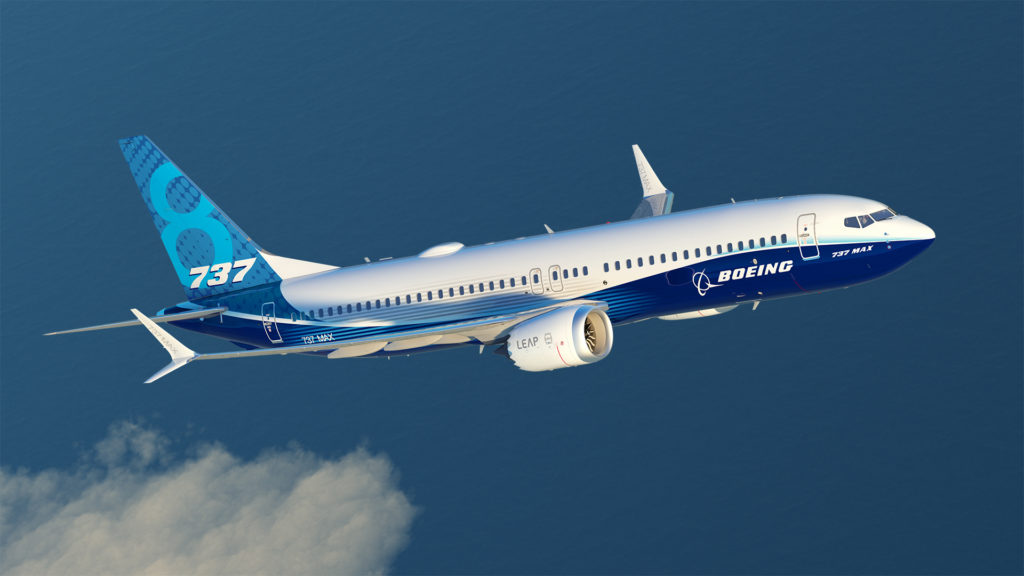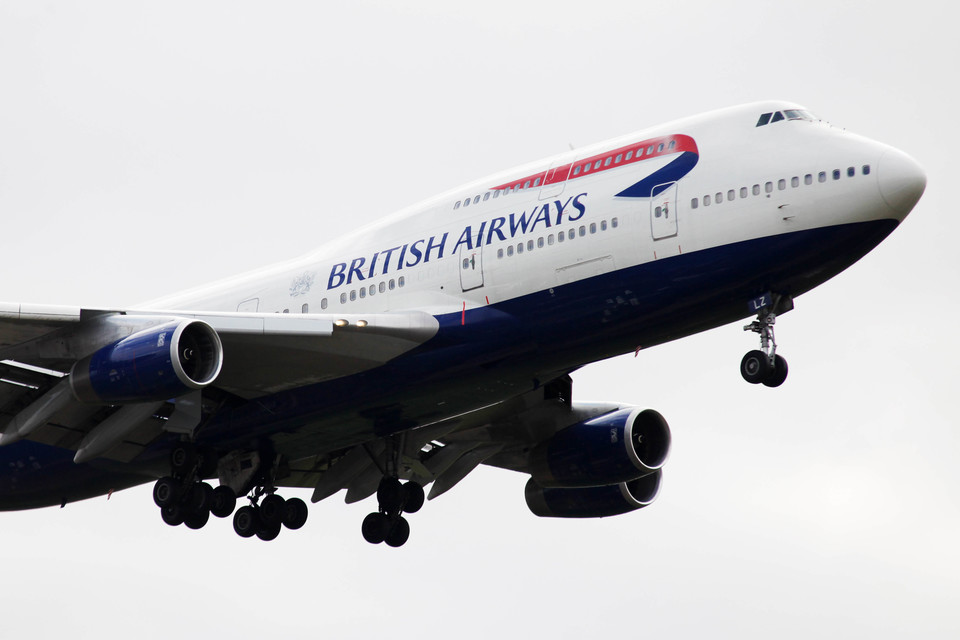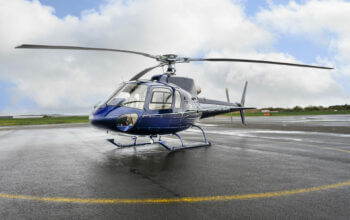Estimated reading time 6 minutes, 36 seconds.
The market and regulatory fallout from its 737 Max disasters, along with COVID-19’s impact on global air travel, have combined to present The Boeing Company with an “unprecedented and still unfolding” challenge, said president and chief executive officer David Calhoun.

Nevertheless, he said during a July 29 conference call after only six months on the job, Calhoun indicated that the beleaguered company would not only rise to the challenge but emerge from it “sharper, leaner and more competitive for the long term.”
He also said that while “long-term industry fundamentals remain strong … much hard work lies ahead of us” and the recovery, given the circumstances, is liable to be uneven.
The financial bottom line in the second quarter of 2020 is that total revenues of US$11.81 billion were down 25 per cent from a year earlier with the commercial airplanes division hit hardest, down 65 per cent at US$1.6 billion. The defense, space and security division fared better with US$6.6 billion in revenues but that was relatively flat against the second quarter of 2019.
First-half 2020 revenues totalled US$28.7 billion compared with US$38.7 billion in the first half of 2019 and US$47.6 billion in the first half of 2018. However, Boeing’s overall net loss was reduced to US$2.40 billion in the second quarter from the year-earlier loss of nearly US$5 billion due to the 737 Max disasters in October 2018 and March 2019 that saw the global fleet grounded pending flight control software upgrades and regulatory recertification at home and abroad.

The combined Max/COVID-19 situation eventually led to some 470 new aircraft, mostly 737 Max, being parked right off the production line due to deferment and cancellations of orders. That resulted in a 65 per cent plunge in revenues, setting the stage for reduced production of several other platforms. Calhoun said that coupled with the ongoing COVID-19 crisis inevitably means more layoffs on top of a previously-announced 10 per cent reduction in its workforce of 160,000.
Echoing an International Air Transport Association outlook published the previous day, Calhoun said he expects global air travel demand could take up to three years to rebound fully, particularly on international routes. Meanwhile, he remains “very engaged” with carriers to determine their requirements and tailor deliveries accordingly.
Boeing Commercial delivered only 20 aircraft in the latest quarter compared with 238 in the fourth quarter of 2018 before the Max crashes and the pandemic. It now is contemplating shutting down one of its two 787 production lines (in Everett, Wash., and Charleston, S.C.). It will also be slowing production of its long-range 777 widebody and, as previously indicated, would stop building its 747 in 2022, albeit continuing to provide support services for the “Queen of the Skies” into the second half of the century.
Boeing expects 737 Max recertification in time for production to resume in the fourth quarter of 2020 and 737 output would gradually be increased to 31 a month or higher by 2022, depending on market demand. However, production rates would be driven by how many of the stored aircraft could be delivered.
Chief financial officer Greg Smith said the majority of the stored aircraft would be delivered in the first year but the numbers and timing would be negotiated with customers. “Its (production) could go up quicker; we’ll certainly assess that … but stability is job one.”

Asked whether any of the ramped aircraft would have to be remarketed or even reconfigured to meet the needs of new buyers, he said that had been assumed some time ago and the team had “a clear understanding” of the situation. “We’re trying to get ahead of that … but we’ll be ready.”
Boeing was also “doing everything we can” to support its supply chain of more than 12,000 companies with 1.5 million employees in the U.S., Canada and elsewhere. That included monitoring “any potential disruption” in payments to them.
Smith noted that the company is “intensely focused on liquidity,” having already shored up its foundation with a US$25 billion bond issue in April, which he said had been well received in the market. However, it did increase overall debt to US$61.4 billion so tackling that would be “a top priority” when cash flow rebounded.
Smith and Calhoun take confidence from the fact that Boeing has an order book of more than 4,500 aircraft, worth a potential US$326 billion, despite recent cancellations and deferments.
They cite retirements of older, less-efficient, fleets, pointing out that more than 2,500 aircraft with more than 20 years in service were active before the pandemic erupted. More than 1,000 of those have since been retired. Boeing expects narrow-body aircraft will lead the recovery, mostly in North America, while wide-bodies would still be limited on international service.
While the defense, space and security division’s earnings were relatively static, it did log some US$7 billion in new orders in the second quarter, including unmanned aerial M-25 tanker platforms for the U.S. Navy and AH-654E Apache attack helicopters for Morocco. Calhoun said the military market remains healthy and the recent contracts “underscore the strength of our offerings.”








